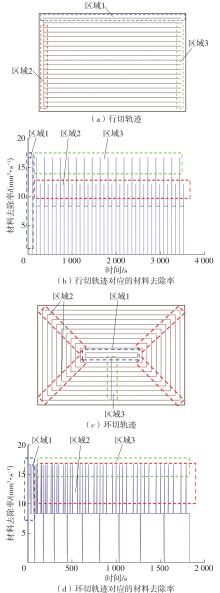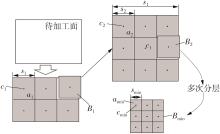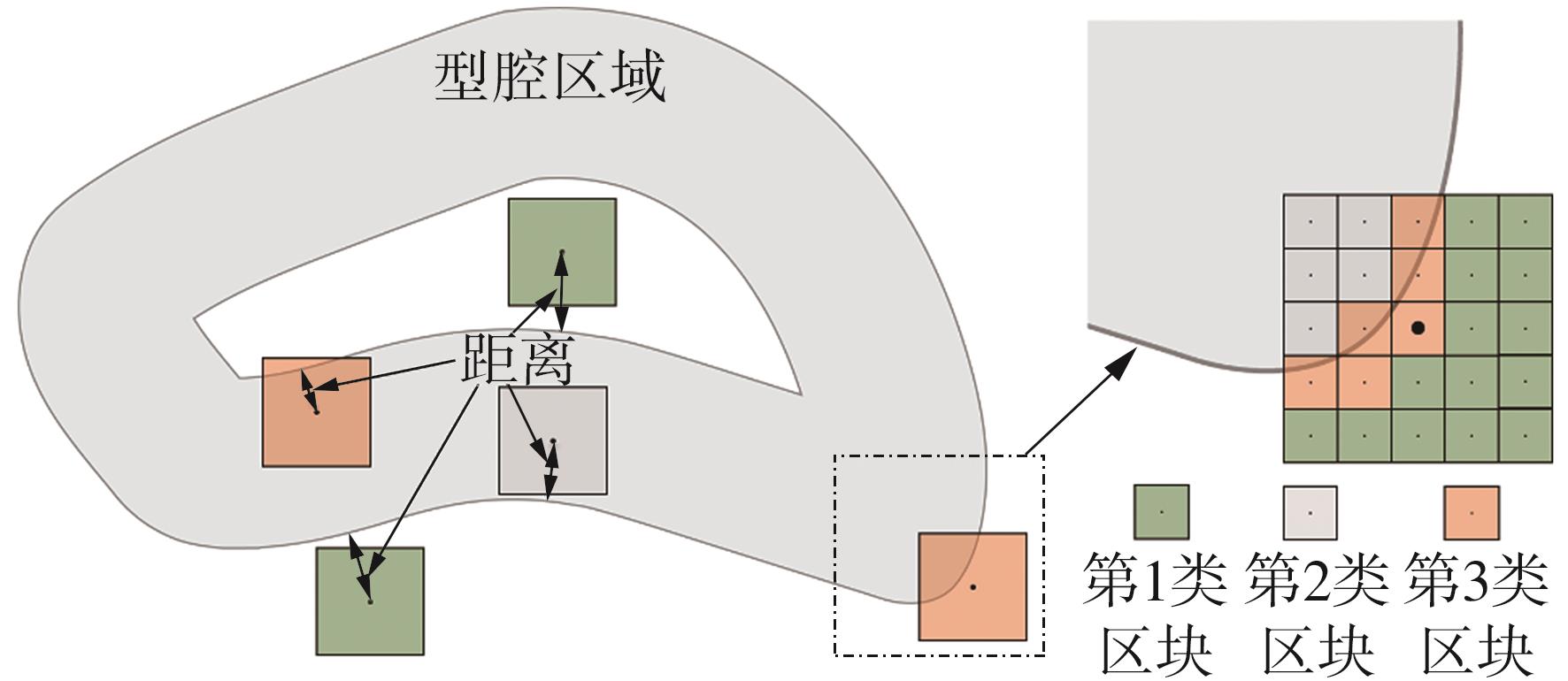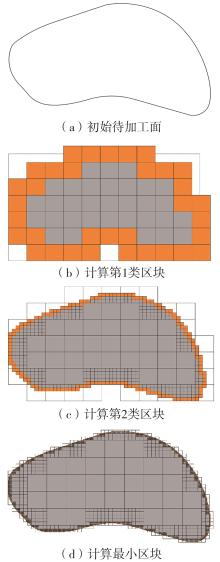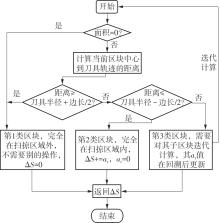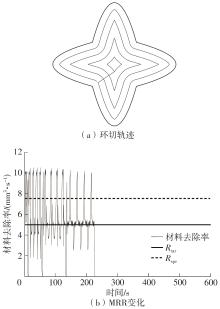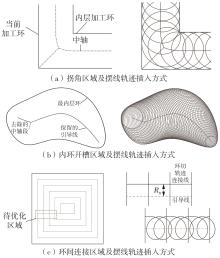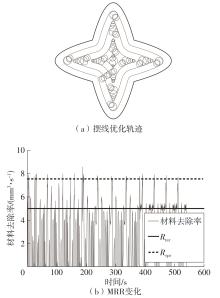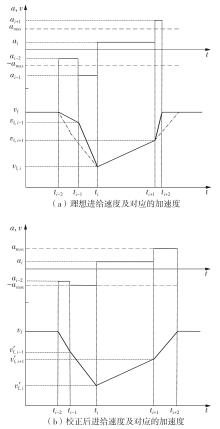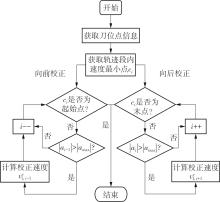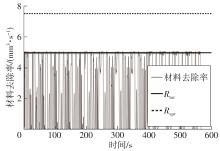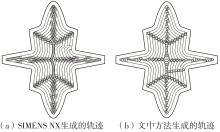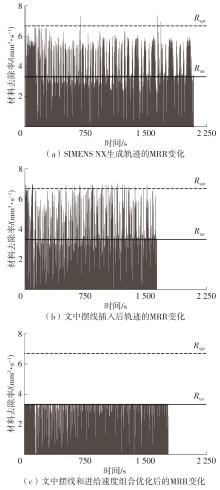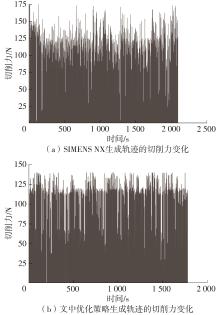Journal of South China University of Technology(Natural Science Edition) ›› 2025, Vol. 53 ›› Issue (5): 1-10.doi: 10.12141/j.issn.1000-565X.240467
• Mechanical Engineering • Previous Articles Next Articles
Hybrid Toolpath Planning and Feed Rate Optimization for Cavity Machining Under Constant Loads
WANG Qinghui1, WANG Jinqiang1, DING Xuesong1, LIAO Zhaoyang2
- 1.School of Mechanical and Automotive Engineering,South China University of Technology,Guangzhou 510640,Guangdong,China
2.Guangdong Key Laboratory of Modern Control Technology,Institute of Intelligent Manufacturing of Guangdong Academy of Sciences,Guangzhou 510070,Guangdong,China
